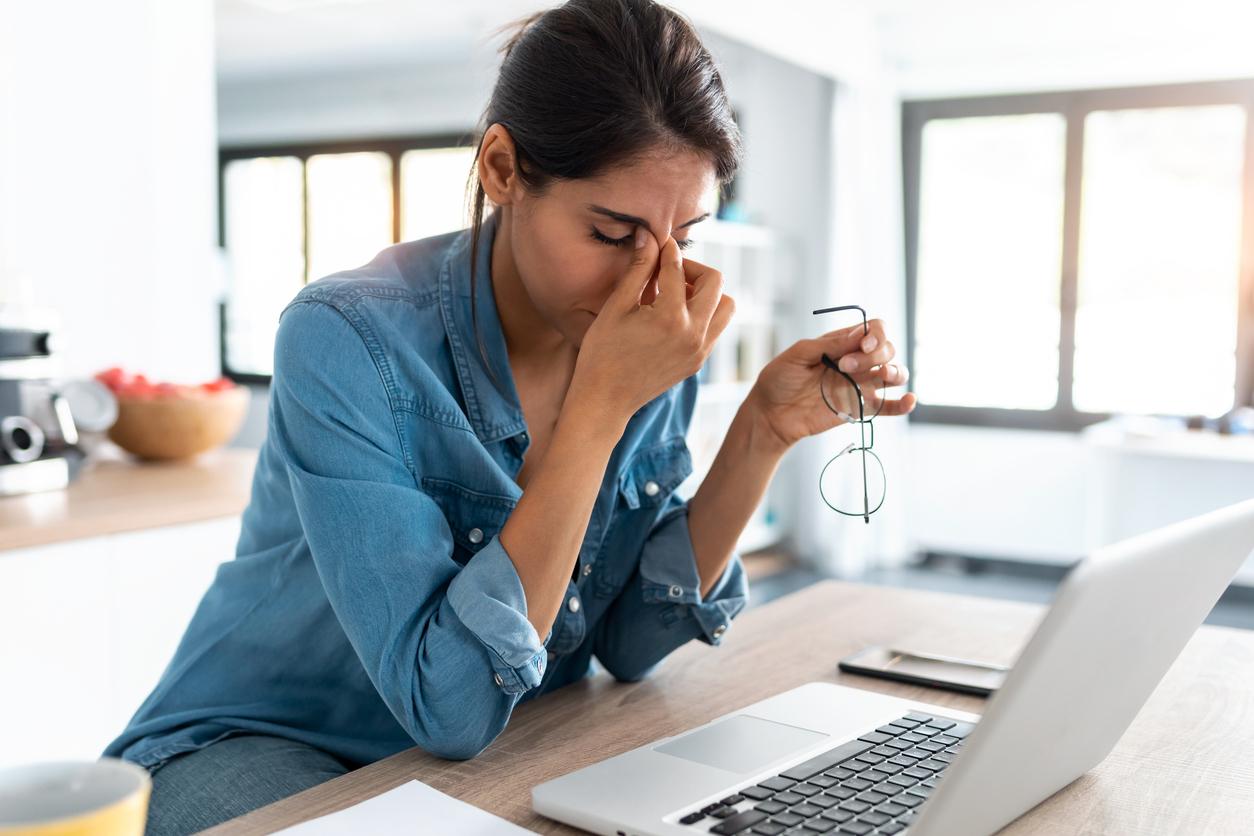Your relationship with your digital documents can speak volumes about your level of anxiety.

- Wanting to keep all your documents or research on a computer can become a behavioral problem.
- In some cases, this can lead to depression.
- To limit this tendency to keep everything, we can set limits and in particular block the storage capacity of the computer.
“Compulsive hoarding” is a behavioral disorder that consists of excessively accumulating goods without being able to get rid of them even if the objects are no longer useful. This disorder can also concern digital information, files and documents. Far from being trivial, this habit can be detrimental.
What are the profiles of digital hoarders?
There are several types of digital hoarders, each with their own characteristics and motivations:
- Collectors who accumulate information and documents without having specific criteria for doing so,
- Organizers who seek to categorize and classify each file in a methodical and precise manner,
- The curators who carefully select each file to build an accurate and coherent collection,
- Knowledge seekers who spend hours searching for information and saving it, but never take the time to read or use it.
Are there any dangers to compulsive digital hoarding?
Far from being harmless, compulsive hoarding can have consequences on mental health. In addition to the anxiety and stress caused by the amount of information stored and the difficulty in managing it, it impacts social life and even work in some cases because of the time and mental load devoted to it.
In some cases, it may be associated with Obsessive-Compulsive Disorder (OCD) or Generalized Anxiety Disorder (GAD), which can progress to depression.
How to overcome compulsive digital hoarding?
If you recognize yourself as a compulsive hoarder, start by setting yourself clear limits in terms of time and storage space. For example, you can decide to spend only two hours a day managing your files or to use no more than 50% of your computer’s storage space.
To limit its impact on your mental health, remember to exercise regularly and spend time with friends and family to help reduce stress and improve your mood. Consulting a mental health professional can help you understand why you developed this behavior and find strategies to overcome it.
Source: “There Is More Than One Type of Hoarder: Collecting, Managing and Hoarding Digital Data in the Workplace Get access Arrow” by Kerry McKellar et al. Interacting with Computers, Volume 32, Issue 3, May 2020, Pages 209–220, https://doi.org/10.1093/iwc/iwaa015
















